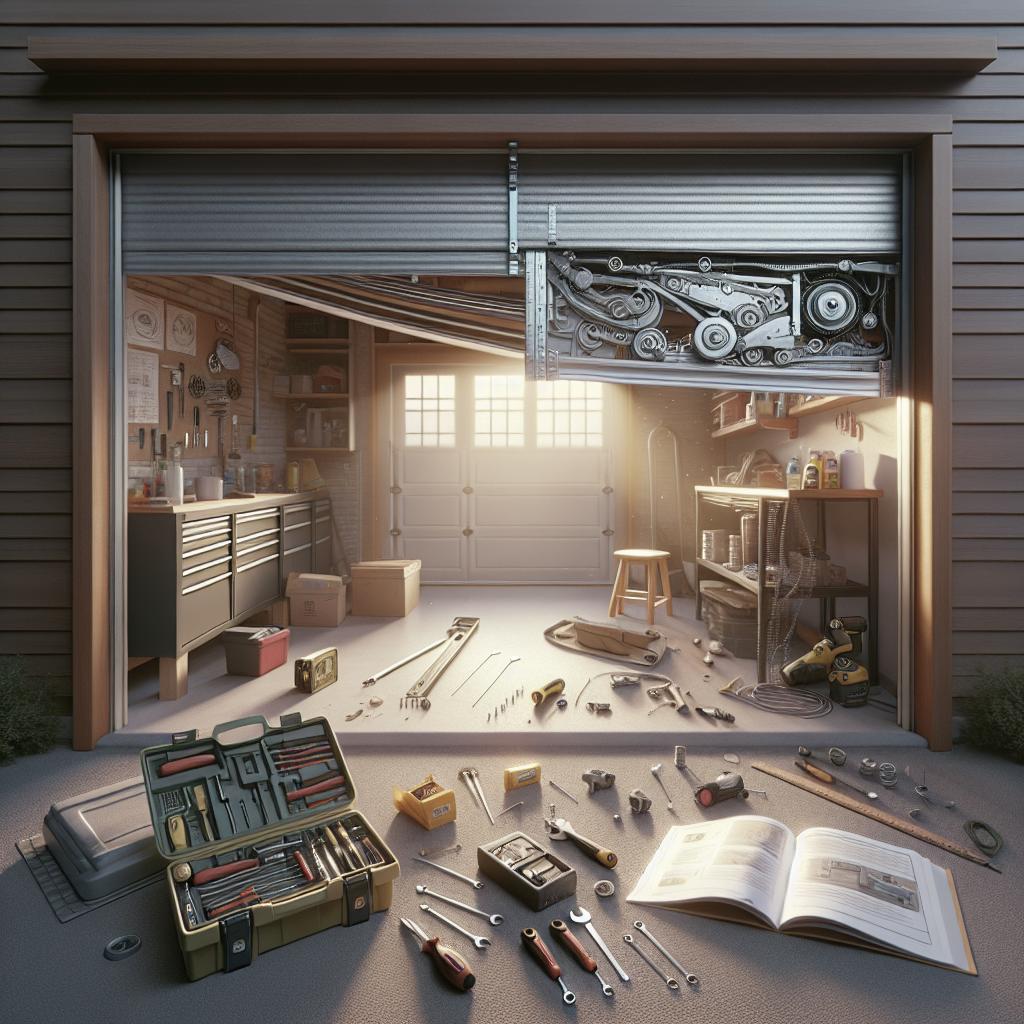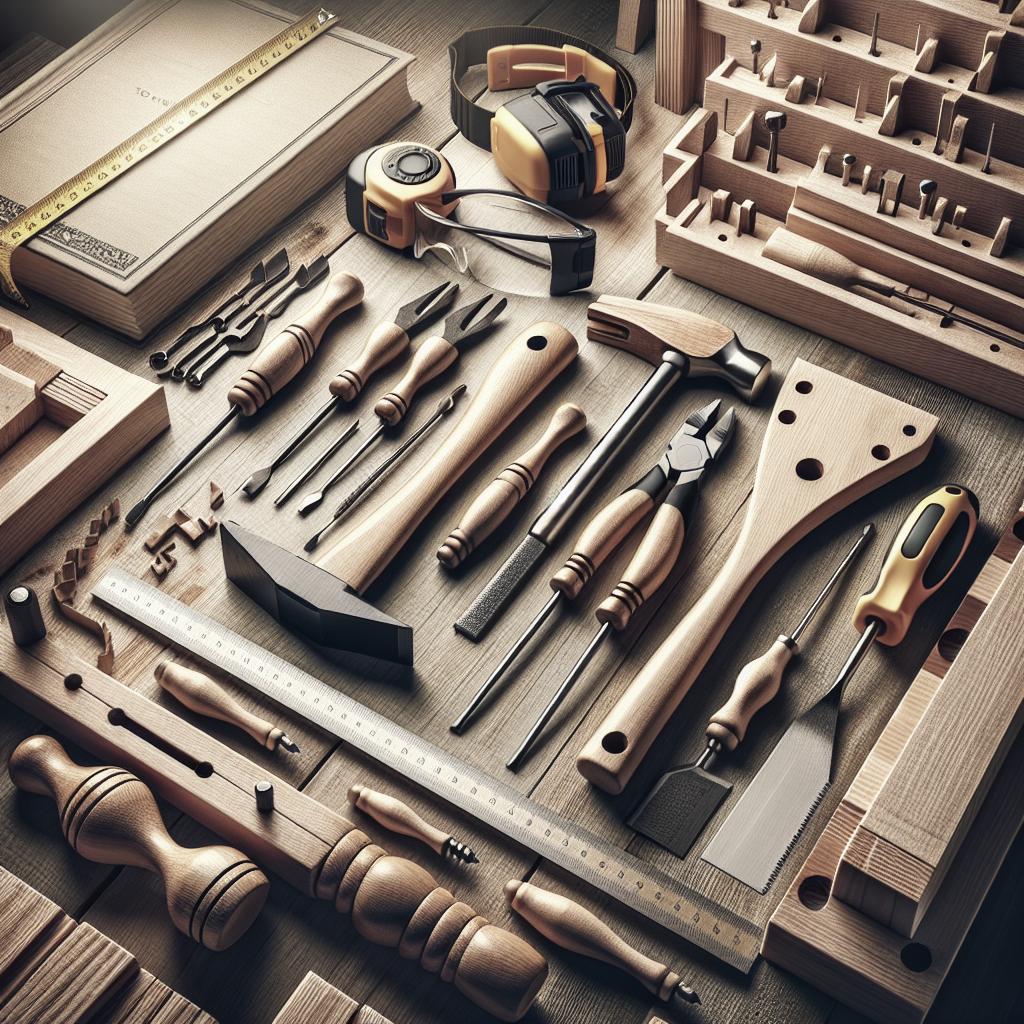“`html
How to Fix a Garage Door That Won’t Close
A garage door that won’t close can be a major inconvenience and even pose a security risk to your home. Thankfully, there are several common issues that might be causing the problem, each with simple solutions you can try on your own. This guide explores seven methods to diagnose and fix a garage door that refuses to shut. From checking the sensors and tracks to manually closing the door, you’ll find practical tips to get your garage door back in working order. By following these steps, you can potentially save on repair costs and avoid the hassle of hiring a professional.
7 Simple Methods for Fixing a Garage Door that Won’t Close
1. Check the Sensors
Garage doors are equipped with safety sensors to prevent closure if an object is detected in its path. Located near the floor on either side of the door, these sensors emit an invisible beam. If misaligned or obstructed by dirt or debris, they may hinder the door’s ability to close.
Begin by visually inspecting these sensors for anything that might be blocking the beam. Clean the lenses gently with a soft cloth to ensure they aren’t dusty. If the sensors appear out of alignment, adjust them until they are facing each other properly. Usually, an indicator light on the sensors will show if they are positioned correctly.
2. Check the Tracks and Rollers
Over time, the tracks and rollers of your garage door may suffer from buildup of debris or become warped, which can prevent smooth operation. Inspecting these components can help identify any obstructions or hardware issues.
First, examine the tracks for any bent areas that might catch the rollers. Use a rubber mallet to gently tap them back to position if necessary. Clean any debris and lubricate the rollers with a silicone-based lubricant. Well-maintained tracks and rollers can significantly impact the door’s functionality.
3. Check the Trolley
The trolley is an essential mechanism in garage door openers that connects the belt or chain to the door itself. If the trolley is disengaged, the motor may operate normally, but the door won’t move.
To check the trolley, locate the emergency release cord and ensure it is not stuck in the disengaged position. This cord, typically red with a handle, should be in the connected state except during emergencies. Sometimes, simply activating and releasing the cord can reset the trolley and restore normal function.
4. Check Your Remote
Your remote control’s signal could be weak or obstructed, preventing the garage door from catching the command to close. A basic troubleshooting step is to replace the remote’s batteries and ensure it has a clear line of sight to the door’s receiver unit.
Consider testing the wall-mounted control to determine if the issue is specific to the remote. If the wall control works, the remote might need reprogramming according to your garage door opener’s manual instructions. Additionally, check for any sources of signal interference such as radio devices or LED light bulbs.
5. Adjust the Limit Screws
Limit screws are designed to control the distance the door travels during opening and closing cycles. If incorrectly set, the door might not close completely or may reverse before hitting the ground.
Locate the limit adjustment screws on the opener motor. Use a screwdriver to make small adjustments—turn the screw labeled “close” or “down” to fine-tune the door’s closing limit. Usually, incremental changes followed by testing the door’s operation will reveal the right setting to ensure a full closure.
6. Check Your Manual
Consulting your garage door’s manual is often the quickest way to uncover unique troubleshooting tips specific to your model. The manual contains essential information about features and may provide insights that are not immediately obvious.
You may also find manufacturer support contact information invaluable, in case your door requires professional service. Online resources or forums specifically for your garage door brand can also serve as a helpful supplement to printed manuals.
7. Manually Close Your Garage Door
If all else fails and you need immediate closure, you can manually close your garage door. Disengage the emergency release cord to detach the door from the opener. This allows you to slide the door along the tracks manually.
Exercise caution when doing this, especially if you are unfamiliar with the weight and operation of your garage door. Once closed, re-engage the trolley to resume automated function once the issue is resolved. Manual closing is a temporary solution until a permanent fix can be achieved.
Next Up In Garages
| Method | Action |
|---|---|
| Check the Sensors | Ensure sensors are clean, unblocked, and aligned. |
| Check the Tracks and Rollers | Inspect for debris and lubricate; realign bent tracks. |
| Check the Trolley | Verify the emergency release cord is engaged. |
| Check Your Remote | Replace batteries, check signal interference, reprogram if needed. |
| Adjust the Limit Screws | Fine-tune using the opener’s limit adjustment screws. |
| Check Your Manual | Refer to the manual for specific troubleshooting tips. |
| Manually Close Your Garage Door | Disengage the opener to close manually if necessary. |
“` This blog post provides detailed instructions for homeowners to troubleshoot and fix a garage door that refuses to close, while also summarizing the steps in an accessible table.


